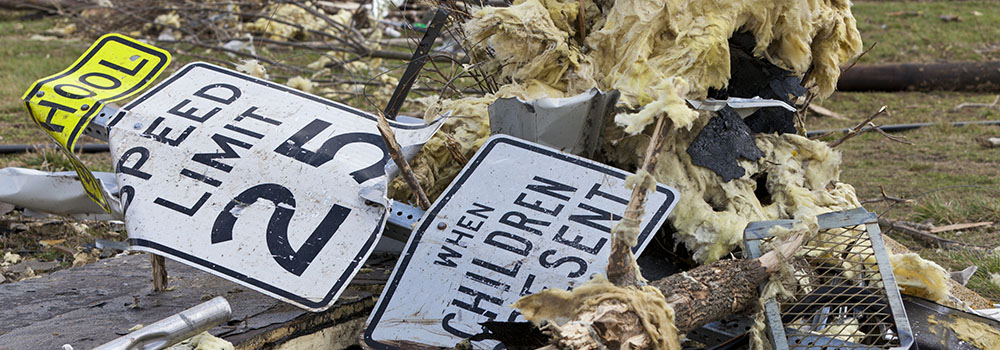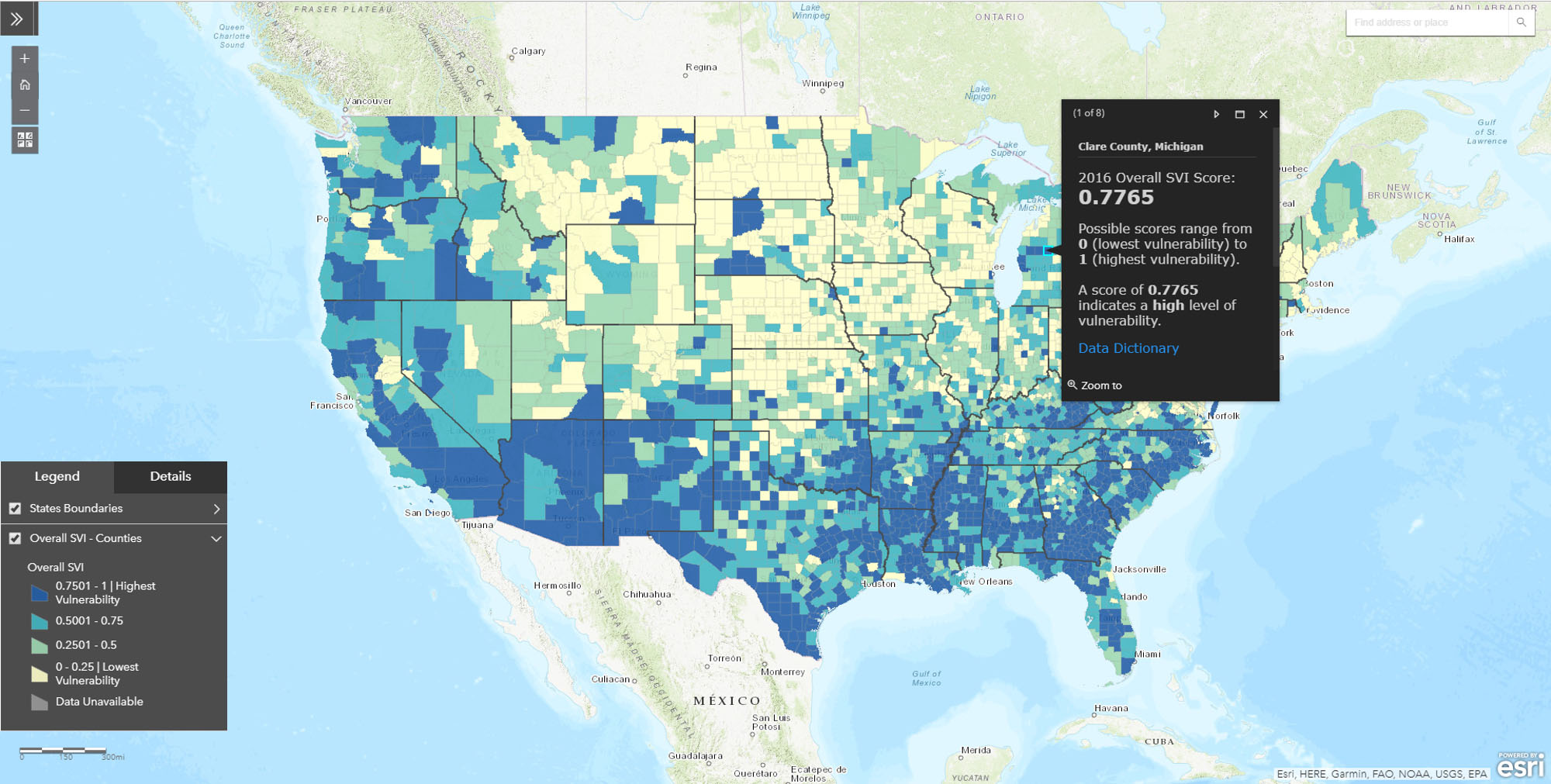
By Lori Peek, Amy Wolkin, Tracy N. Thomas, and Russ Paulsen
More research on children and disasters has been published since 2010 than in the previous 70 years combined. However, this research does not always make it into the hands of those who need it most, including public health practitioners, emergency managers, policy makers, and other local, state, and federal officials.
This special collection of Research Counts—which was done in partnership between the Natural Hazards Center and the Centers for Disease Control and Prevention—aims to bring recent research on children and disasters to a wide audience. The broader vision for the series as a whole is to share actionable research insights about the human dimensions of hazards preparedness and mitigation as well as enduring lessons regarding disaster response and recovery.
Why Children?
In 2017, children (ages 0-17 years) accounted for 23 percent of the estimated 323 million United States total population and in 2010, children aged 0-14 years accounted for just under 30 percent of the estimated 9 billion, globally.
Children require additional attention in order to lessen negative consequences during and following a disaster. Even so, children are all too often overlooked in disaster planning efforts. This can amplify their vulnerability when disaster strikes.
Consider just a few of the ways that children may be especially at risk in public health emergencies, natural hazard events, or technological accidents:
- Because children may not be able to communicate their symptoms or feelings, they can suffer serious emotional effects after disaster.
- Because children generally depend on adults for transportation and often spend most of their days away from home, they may be separated from their families for an extended time after disasters.
- Some very young children, and especially infants and toddlers, may need complete physical protection in a disaster.
- Because children breathe in more air for their size than adults and are lower to the ground, children may be more exposed to toxic or harmful materials.
- In 2016, 41 percent of children in the United States were living in low-income families classified as “poor” or “near poor.” Often, those children experience other forms of social vulnerability related to race, age, household composition, and other factors (see Figure 1).
 Figure 1. The interactive map feature of the CDC Social Vulnerability Index helps users identifiy communities in need of disaster support using 15 U.S. Census variables. In this example, a search yielded the social vulnerability index score for Clare County, Michigan.
Figure 1. The interactive map feature of the CDC Social Vulnerability Index helps users identifiy communities in need of disaster support using 15 U.S. Census variables. In this example, a search yielded the social vulnerability index score for Clare County, Michigan.
In spite of their potential vulnerabilities, children have strengths and substantial capacity to contribute to preparedness and resilience-building activities in their homes, schools, and communities. For this to happen, children must be included in meaningful ways in efforts and initiatives that impact their lives and future prospects.
This Special Collection
This special collection includes original briefs from experts in public health and medicine, psychology, sociology, urban planning, and many other disciplines. These researchers have extensive experience studying children across the disaster lifecycle. They have written contributions meant to illuminate children’s vulnerabilities and strengths and, importantly, to focus attention on how public health practitioners, emergency managers, and others can advance disaster planning and response efforts that consider children’s specific needs in light of evidence-based recommendations.
Each contribution includes research insights regarding children in various hazards contexts as well as a specific callout box to underscore implications for public health practitioners, emergency managers, and other professionals. In addition, our team has prepared a list of tools and suggested further readings that are readily available and freely accessible online. Our hope is that practitioners will be able to use these resources to support the integration of children’s needs into disaster preparedness, response, recovery, and mitigation efforts.
Children are growing up in a nation and world affected by more frequent and intense disasters. It is critical that research is shared with practitioners to help reduce disaster risk and improve overall quality of life.
Research matters, and we want to help make it count.
Suggested Tools
Children in a Disaster Tools and Resources
Centers for Disease Control and Prevention
List of tools and resources that can be used by parents, caregivers, teachers, health professionals, and other adults to care for children in a disaster.
CDC Social Vulnerability Index
Agency for Toxic Substances and Disease Registry
Interactive mapping tool that ranks U.S. Census tracts according to social vulnerability to hazards and disasters.
Youth Preparedness Fact Sheet
Federal Emergency Management Agency
Fact sheet providing information on how youth can get involved in disaster preparedness initiatives.
For a list of all the tools included in this special collection, visit the Children and Disasters Tool Index.
The findings and conclusions in this collection are those of the authors and do not necessarily represent the official position of the Centers for Disease Control and Prevention.


Lori Peek is director of the Natural Hazards Center and professor in the Department of Sociology at the University of Colorado Boulder. She is principal investigator of the National Science Foundation-funded CONVERGE initiative and author of Behind the Backlash: Muslim Americans after 9/11, co-editor of Displaced: Life in the Katrina Diaspora, and co-author of Children of Katrina. She also is a contributing author to FEMA P-1000 Safer, Stronger, Smarter: A Guide to Improving School Natural Hazard Safety. She earned her PhD in Sociology from the University of Colorado Boulder.